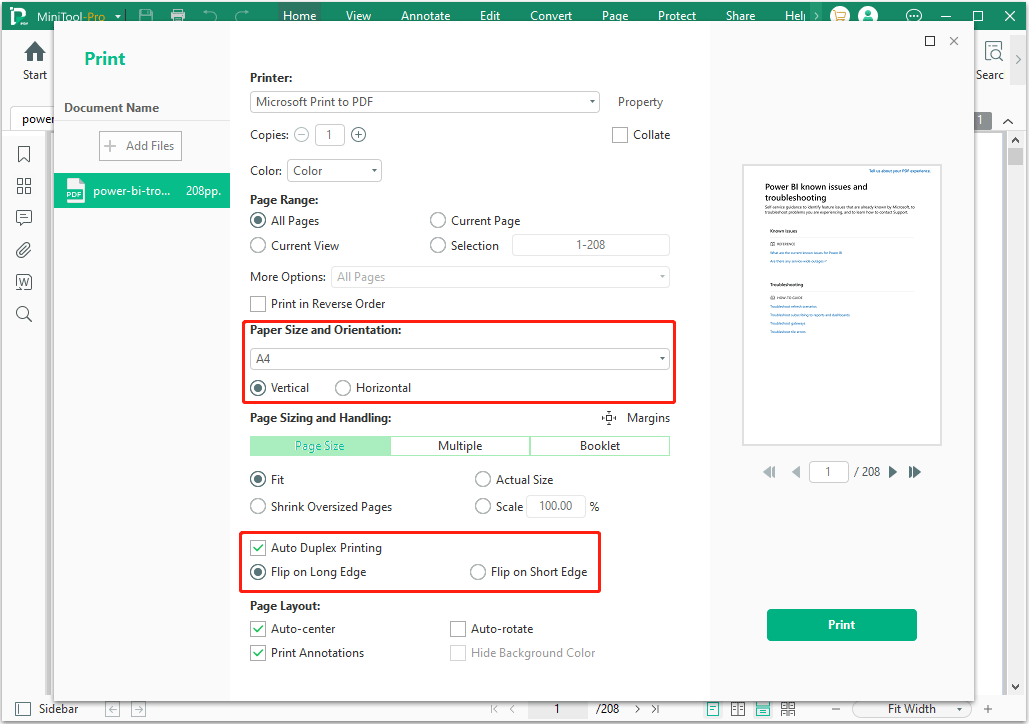Print On Both Sides Flip On Short Edge Meaning

Panic is spreading across offices and homes as confusion mounts over a seemingly simple print setting: "Print On Both Sides, Flip On Short Edge." Users report wasted paper, misprinted documents, and rising frustration levels nationwide.
The bewildering setting, intended for creating double-sided documents that read like a book when flipped, is causing widespread chaos due to unclear explanations and varying printer interpretations.
The Core Issue: Misinterpretation
The primary problem stems from the ambiguous phrase "Flip On Short Edge." This instruction dictates which edge the printer uses to flip the page when printing on both sides.
If incorrectly applied, documents printed for binding or reports will be upside down on the reverse side. This leads to unreadable documents and significant paper wastage.
Different printers interpret the instruction differently, exacerbating the problem. Some default to long edge flipping, even when short edge is selected in the settings.
Who is Affected?
The confusion affects anyone who needs to print double-sided documents. This includes students, teachers, office workers, and home users.
Reports indicate that academic institutions and businesses are particularly hard-hit due to the high volume of printing they handle.
Schools are reporting that many students have submitted assignments that are printed incorrectly and can’t be marked without a full reprint, causing delays in marking and increasing costs.
Where and When did this Start?
Complaints about the confusing setting have been escalating over the past few weeks, with a spike in online searches for clarification.
Forums, social media platforms, and printer manufacturer support pages are flooded with inquiries and complaints from users struggling to understand the function.
The geographical impact is nationwide, with reports coming in from across the United States and similar issues reported in several countries.
The Technical Details
The setting relies on the printer's duplexing mechanism. This is the function that automatically prints on both sides of a sheet of paper.
When "Flip On Short Edge" is selected, the printer rotates the page 180 degrees along its short edge before printing on the reverse side.
Selecting the "Flip On Long Edge" option rotates the page along its long edge, like flipping a page in a book lying flat.
How to Minimize Errors
The first step is to understand your printer's specific interpretation of the setting. Many users report that trial and error is the only reliable method.
Print a test page with a clear indicator of the top and bottom before printing the entire document. This can save significant time and resources.
Consult your printer's manual for specific instructions on duplex printing. Manuals often contain diagrams that illustrate the flipping process.
Tips for Avoiding Duplex Printing Disasters
Always print a sample page. Testing before committing to a large print job is crucial.
Double-check your printer settings. Ensure that the correct paper size and orientation are selected.
Consider using printer-specific software. Some manufacturers provide software that simplifies the duplex printing process.
The Impact on Businesses
The misinterpretation of this setting is costing businesses time and money. Wasted paper and man-hours are adding up.
Companies are now implementing training programs to educate employees on proper printing procedures. This includes demonstrating the correct way to use the duplex printing function.
Increased paper costs and decreased productivity are forcing organizations to address the issue proactively.
What’s Next?
Printer manufacturers are being urged to clarify the language used in their printer settings and provide clearer instructions. Some firms are working to improve software interfaces.
Online tutorials and guides are being created to help users navigate the complexities of duplex printing. Many users have found these online tutorials very helpful.
Until a more universal and intuitive system is implemented, users are advised to proceed with caution and always test before printing large documents. The printing situation remains confusing for the time being.
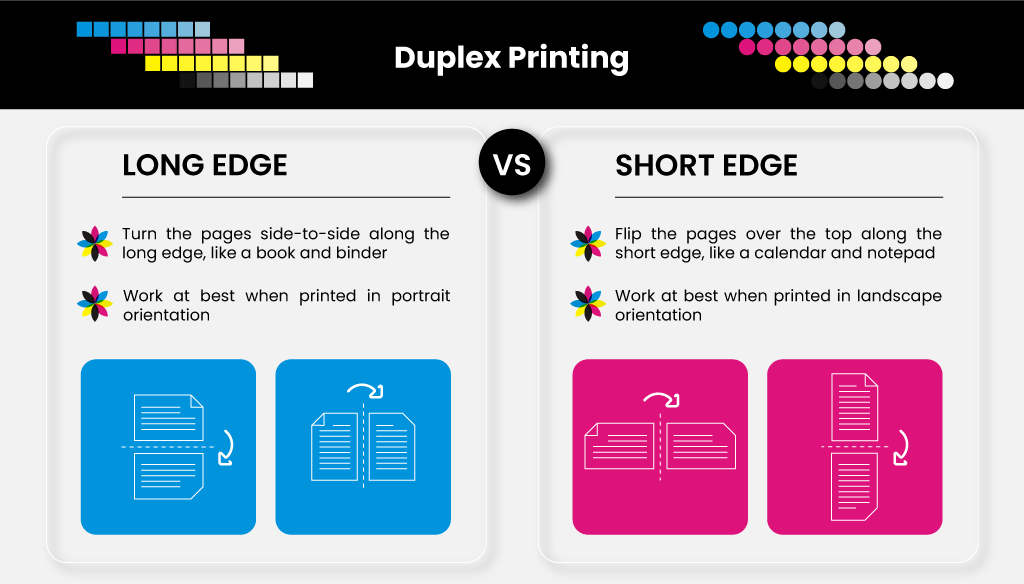

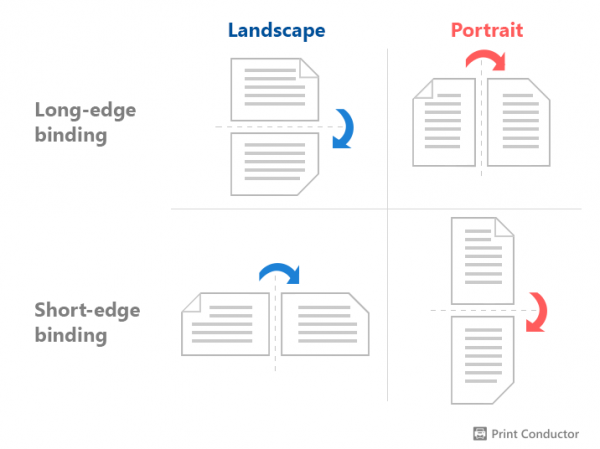




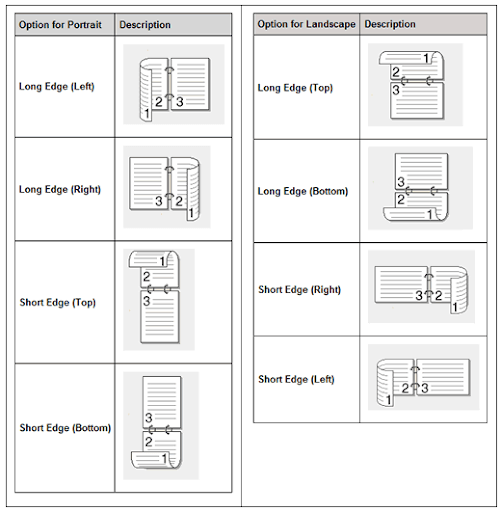

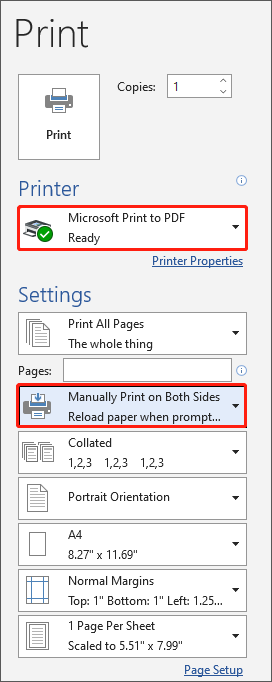
![Print On Both Sides Flip On Short Edge Meaning Print Double-Sided in Microsoft Word [3 Simple Methods 2024]](https://10scopes.com/wp-content/uploads/2022/08/print-both-sides.jpg)


![Print On Both Sides Flip On Short Edge Meaning Print Double-Sided in Microsoft Word [3 Simple Methods 2024]](https://10scopes.com/wp-content/uploads/2022/08/microsoft-word-print.jpg)


![Print On Both Sides Flip On Short Edge Meaning Beidseitiger Druck lange Seite oder kurze Seite [Anleitung]](https://img.swifdoo.com/image/lange-kante-kurze-kante-6.png)
